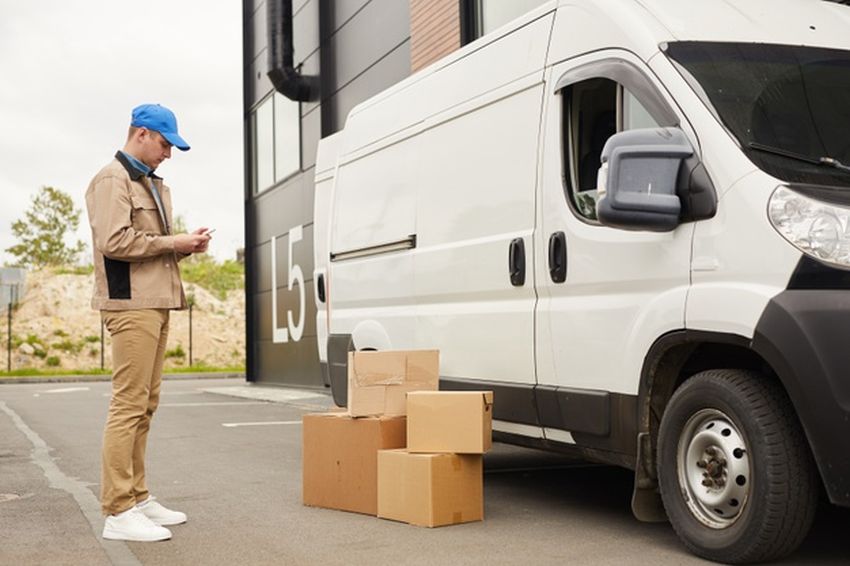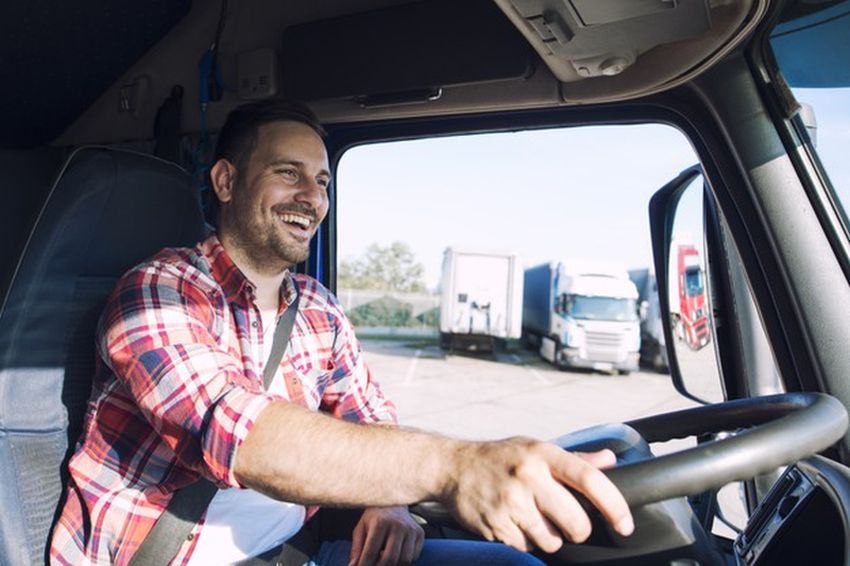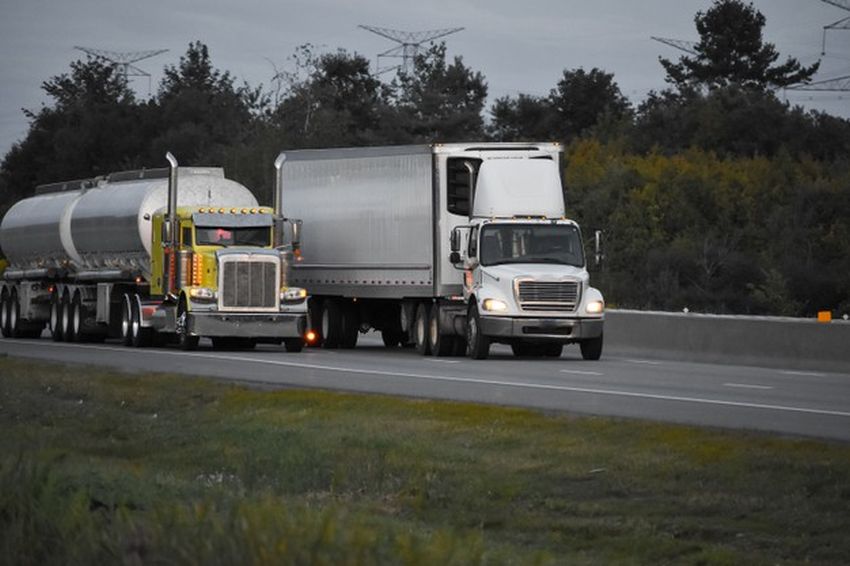Commercial vehicle safety is a topic that is highly talked about, especially nowadays and during the global pandemic. Systems have improved in different ways, and technology has had its upgrade in all the fields! A lot of people are going for their vehicles, and are saying no to public transportation, which might be a good move at this exact time. Not too sure how modern technology has changed vehicle safety, or what you can expect from it? Keep on reading and understand all there is to know.
What are some new improvements in this industry?
Did you know that loads of vehicles today have different warning capabilities, such as lane departure warnings and blind-spot monitoring? You can enjoy its full audio or video effect since it alerts the driver before the impact. The most common feature is an automatic emergency brake that is often used and in most countries with different car models.
In one research from 2019, it was proven that most accidents happen due to human error. This is where safety systems should be upgraded and approached differently, and our technology should take it up a notch.
Continued sensor and camera integration in safety systems is important
Fused technology is the next best & big thing that will change the system. Fused technology uses information from the radar as well as from the camera to detect any new objects that are in your path and near you. When you combine your camera with the radar, object recognition is greatly increased. Thanks to this dynamic duo you can improve your brakes, as well as the movement of stationary objects in general.

img source: freepik.com
What to expect from ADAS?
ADAS stands for Advanced Driver Assistance System that wants to help drivers feel confident with their everyday transportation. Some of the most common features include:
- A) Active steering where micro-steering can help with speed and slight yet noticeable functionality.
- B) Adaptive cruise control that helps with any front objects.
- C) Assistance will help with keeping your vehicle centered at all times and with minimal effort on your end.
- D) Automatic headlights will help with their sensors and a vehicle can help with ambient headlights that will turn off on their own.
What is the outlook for future systems?
Most vehicles are improving their safety features when it comes to highway operation. Some of the most common accidents are ones that happen in rural locations such as cross paths or T-bone crashes. You can also expect to see blind-spot warning signs and brake help in urban settings, as well as surroundings.
What are your safety system options?
Most vehicles have passive and active safety systems to offer. Here’s all that you should know for both of them!
Passive system options:
- Front proximity detection – thanks to its new advanced ultrasonic sensors it will easily determine how close the vehicle is to a nearby object.
- Cameras – nowadays a lot of cars have a backup camera that is mounted down and offers a reverse view.
- 360-degree view – this can help anyone who is a cautious driver to enjoy a proper view, especially during long hours and a longer drive.
- Monitoring – this helps with your overall vehicle and its behavior. Thanks to forwarding monitoring cameras you can stay in your lane with ease.
You can also enjoy forward collision warning, lane departure, as well as a tire pressure monitoring system. These are just some of the most important and common passive system options.

img source: freepik.com
Active safety system options:
- ESC – also known as Electronic stability control that helps with your steering input. If there is a loss of control, it can reduce engine power and help with your wheels and brakes without making you crash.
- Roll stability control – active rollover helps with vehicles that can possibly turn on one side. This can be practical and beneficial in some extreme situations.
- ACC – stands for adaptive cruise control where a driver has to match the speed of the external factors.
- Forward collision mitigation – is used for an impending collision.
Some other popular commands also include autonomous brakes, lane assistance, as well as lane centering. All of these are imperative for commercial vehicle safety and will help every driver feel and stay confident in his or her vehicle.
What about safety when it comes to trucks?
The system might be a bit different for trucks. This is because a car has a lot fewer blind spots than a truck. There are four no-zones around trucks, also known as front no-zones, rear no-zones, as well as the right & left side no-zones. This means that you need to be aware when driving a truck and facing wide turns. The top three important tips when passing a truck are:
- Have enough time and do a good approximation of the distance
- Be quick and precise
- Don’t cut off too soon
Luckily for you, Zutobi can help you understand the basics when it comes to your driver’s education program! Are you planning on driving a car soon, or are you a beginner who does not feel as confident? Either way it is, they will help you prepare for your DMV and driving test + you can enjoy their education company if you are from the US, UK, Sweden, Australia, France, or Germany! Your learning experience can be fun, as well as enjoyable, just with the right team, so why not give them a go?

img source: freepik.com
Ready to improve your skills?
So, are you ready to improve your driving skills, and become more aware of your surroundings? Modern technology has made a huge impact on our society, as well as our vehicles. It had also improved commercial vehicle safety and has made people a bit more confident when it comes to their everyday commune. Let us know how confident you feel as a driver, as well as what your thoughts are on modern approaches!



